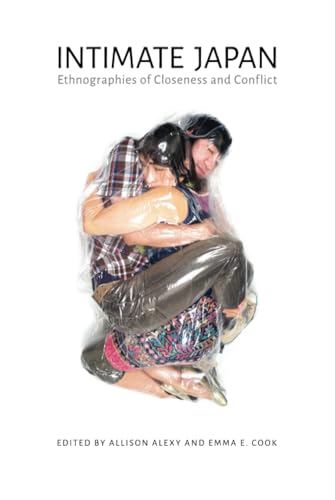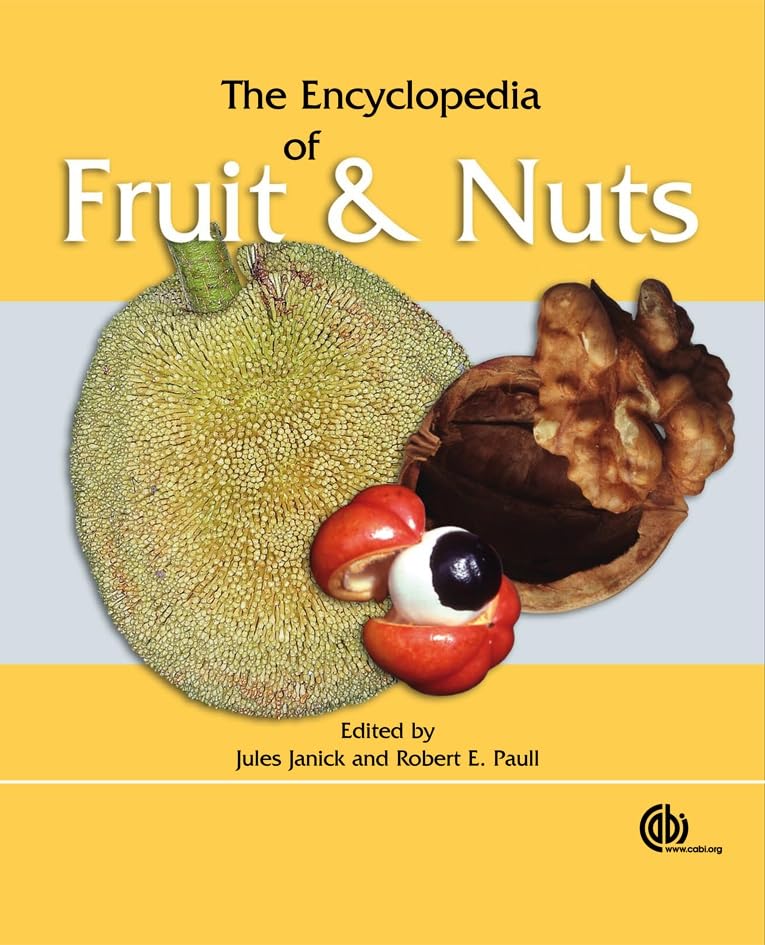- 著者
- Mayu KAKEFUDA Tatsuki TSUJIMORI Katsuyuki YAMASHITA Yoshiyuki IIZUKA Kennet E. FLORES
- 出版者
- Japan Association of Mineralogical Sciences
- 雑誌
- Journal of Mineralogical and Petrological Sciences (ISSN:13456296)
- 巻号頁・発行日
- pp.190731a, (Released:2020-03-04)
- 被引用文献数
- 1
Awaruite (Ni2–3Fe) is a natural occurring Ni–Fe alloy in serpentinite, which represents a better candidate to assess Pb isotope signatures in the mantle wedge since the concentration of Pb in awaruite is almost ten times higher than that in serpentine minerals. Revisiting so–called josephinite from the Josephine Ophiolite confirmed that josephinite is characterized by aggregates of awaruite with minor Ni–arsenide. The Raman spectrum obtained from the josephinite–hosting serpentinite shows diagnostic peaks of antigorite, suggesting josephinite might have formed under stability field of antigorite. Using a stepwise leaching and partial dissolution method, we obtained Pb isotope ratios of josephinite by TIMS. Since all ratios converged to a homogeneous value towards the later steps of the partial dissolution, this allowed to calculate weighted mean values that give precise Pb isotope ratios: 206Pb/204Pb = 18.3283 ± 0.0020 (MSWD = 0.49), 207Pb/204Pb = 15.5645 ± 0.0020 (MSWD = 0.36), and 208Pb/204Pb = 38.0723 ± 0.0061 (MSWD = 0.50); these values can be evaluated as one of the reference Pb isotope ratios in serpentinites from supra–subduction zone ophiolite. The newly obtained Pb isotope ratios of josephinite are consistent with the previous reported isotope ratios, which are characterized by enriched 207Pb/204Pb ratio with MORB–source like 206Pb/204Pb and 208Pb/204Pb ratios. Although these Pb isotope features interpreted as a reflection of arc magmatism in the previous study, the presence of Ni–arsenide and enriched 207Pb/204Pb ratios may indicate an involvement of As–rich fluids derived from slab sediments.
2 0 0 0 OA 1995年ネフチェゴルスク地震の地震断層と被害
- 著者
- 嶋本 利彦 渡辺 満久 鈴木 康弘 A. I.コズーリン M. I.ストレリーツォフ E.ロゴージン
- 出版者
- 一般社団法人 日本地質学会
- 雑誌
- 地質学雑誌 (ISSN:00167630)
- 巻号頁・発行日
- vol.102, no.10, pp.894-907, 1996-10-15 (Released:2008-04-11)
- 参考文献数
- 20
- 被引用文献数
- 10 12
2 0 0 0 Huichol syntax
- 著者
- by Joseph E. Grimes
- 出版者
- Mouton
- 巻号頁・発行日
- 1964
- 著者
- edited by James E. Martin and David C. Parris
- 出版者
- Geological Society of America
- 巻号頁・発行日
- 2007
- 著者
- Shea Sarah E. 手塚 俊文 Gordon Kevin
- 出版者
- 青土社
- 雑誌
- ユリイカ (ISSN:13425641)
- 巻号頁・発行日
- vol.36, no.1, pp.141-146, 2004-01
- 著者
- Michael H. SMOLENSKY Alain E. REINBERG Frida Marina FISCHER
- 出版者
- National Institute of Occupational Safety and Health
- 雑誌
- Industrial Health (ISSN:00198366)
- 巻号頁・発行日
- vol.57, no.2, pp.158-174, 2019 (Released:2019-04-01)
- 参考文献数
- 132
- 被引用文献数
- 1 15
The circadian time structure (CTS) has long been the subject of research in occupational medicine, but not to industrial toxicology, including methods of setting threshold limit values (TLVs) and employee biological monitoring. Numerous animal and human investigations document vulnerability to chemical, contagion, and other xenobiotics varies according to the circadian time of encounter. Permanent and rotating nightshift personnel are exposed to industrial contaminants in the same or higher concentration as dayshift personnel, and because of incomplete CTS adjustment to night work, contact with contaminants occurs during a different biological time than day workers. Thus, the amount of protection afforded by certain TLVs, especially for employees of high-risk settings who work night and other nonstandard shift schedules, might be inadequate. The CTS seems additionally germane to procedures of employee biological monitoring in that high-amplitude 24 h rhythms in biomarkers indicative of xenobiotic exposure may result in misjudgment of health risks when data are not gathered in sufficient frequency over time and properly interpreted. Biological reference values time-qualified for their rhythmic variation, currently of interest to laboratory medicine practice, are seemingly important to industrial medicine as circadian time and work-shift specific biological exposure indices to improve surveillance of personnel, particularly those working nonstandard shift schedules.
- 著者
- [edited by W.B. Henning and E. Yarshater]
- 出版者
- Lund Humphries
- 巻号頁・発行日
- 1962
- 著者
- RYZEN E.
- 雑誌
- Am Heart J
- 巻号頁・発行日
- vol.111, pp.475-480, 1979
- 被引用文献数
- 2 78
- 著者
- edited by Allison Alexy and Emma E. Cook
- 出版者
- University of Hawaiʻi Press
- 巻号頁・発行日
- 2019
- 著者
- G. V. MINESAWA E. SASAKI
- 出版者
- The Thirteenth East Asia-Pacific Conference on Structural Engineering and Construction (EASEC-13)
- 雑誌
- Proceedings of the Thirteenth East Asia-Pacific Conference on Structural Engineering and Construction (EASEC-13)
- 巻号頁・発行日
- pp.I-4-5, 2013-09-13
Proceedings of the Thirteenth East Asia-Pacific Conference on Structural Engineering and Construction (EASEC-13), September 11-13, 2013, Sapporo, Japan, I-4-5.
- 著者
- LOVICH JEFFREY E. PUFFER SHELLIE R. AGHA MICKEY ENNEN JOSHUA R. MEYER-WILKINS KATHIE TENNANT LAURA A. SMITH AMANDA L. ARUNDEL TERENCE R. BRUNDIGE KATHLEEN D. VAMSTAD MICHAEL S.
- 出版者
- 日本爬虫両棲類学会
- 雑誌
- Current herpetology (ISSN:13455834)
- 巻号頁・発行日
- vol.37, no.1, pp.40-57, 2018
- 被引用文献数
- 3
<p>Agassiz's desert tortoise (<i>Gopherus agassizii</i>) reaches the southern edge of its range in the Sonoran Desert of California. The reproductive ecology of this wide-ranging species is understudied here compared to populations in the adjacent Mojave Desert. Understanding potential geographic variation in reproductive ecology is important for effective management of conservation-reliant species like <i>G. agassizii</i>. We studied the fecundity and clutch phenology of female <i>G. agassizii</i> at two study sites in the Sonoran Desert region of Joshua Tree National Park over five years (1997–1999–2015–2016) spanning two of the strongest El Niño events on record and an epic drought. Across all years, mean clutch size was 4.3±1.5 eggs, mean clutch frequency was 1.78 clutches/female/year, and mean X-ray egg width was 36.51±1.56 mm, all of which are comparable to other published studies both in the Sonoran and Mojave deserts of California. Our results generally support earlier published findings that <i>G. agassizii</i> utilize a bet-hedging strategy of consistently producing small clutches almost every year, even during times of low annual primary productivity. A regionally warmer climate in the Sonoran Desert of California appears to have an effect on the timing of egg production, as the earliest dates of egg visibility in our study (April 6) were approximately two weeks earlier than the earliest dates reported for <i>G. agassizii</i> in the Mojave Desert. Shelled eggs were no longer visible in tortoises after mid-June in all years but the El Niño year 1998, when eggs were visible until mid-July.</p>
2 0 0 0 Optimal strategies in sports
2 0 0 0 犯罪の精神力動機構〔英文〕
- 著者
- ポドルスキー E.
- 出版者
- 日本犯罪学会
- 雑誌
- 犯罪学雑誌 (ISSN:03020029)
- 巻号頁・発行日
- vol.31, no.2, pp.53-58, 1965-04
- 著者
- Deed E. Harrison Paul A. Oakley Joseph W. Betz
- 出版者
- The Society of Physical Therapy Science
- 雑誌
- Journal of Physical Therapy Science (ISSN:09155287)
- 巻号頁・発行日
- vol.30, no.2, pp.271-276, 2018 (Released:2018-02-22)
- 参考文献数
- 49
- 被引用文献数
- 5
[Purpose] To present the case of the dramatic reduction in pain, disability, and neurologic symptoms following the reduction of forward head translation and increased cervical curvature in a patient suffering from post-surgical radiculopathy. [Subject and Methods] A 52-year-old male mechanic presented with chronic neck pain, unilateral paresthesia along the C5 and C6 dermatome distributions and diminished unilateral grip strength for 12 years following a C5–C6 cervical discectomy and fusion. Outcome measures included the neck disability index, the numerical pain rating scale, and the Zebris cervical range of motion system. Radiographs and computerized posture analysis revealed excessive forward head posture. Initial traditional ‘symptom-relief’ chiropractic rehabilitation was provided, followed by CBP® structural rehabilitation of head and neck posture with a 2.5 year follow-up. [Results] The initial traditional chiropractic rehabilitation did not improve posture or disability scores. CBP methods resulted in radiograph-verified postural alignment improvements corresponding with clinically significant improvements in the patient’s neurologic condition, pain and disability scores. These results were maintained at a 2.5 year follow-up with minimal treatment. [Conclusion] Patients with post-surgical axial symptoms and/or radicular complaints should be screened for altered cervical alignment and anterior head translation. Future studies should attempt to duplicate these positive results in a trial with long-term follow-up.
- 著者
- DEUTSCH E. R.
- 出版者
- Society of Geomagnetism and Earth, Planetary and Space Sciences
- 雑誌
- Journal of geomagnetism and geoelectricity (ISSN:00221392)
- 巻号頁・発行日
- vol.8, no.3, pp.108-117, 1956
- 被引用文献数
- 3
An experimental method is described, designed chiefly to furnish data for a study of the direction, and stability with time, of thermoremanence in rocks. Specimens were heated to the Curie point in an evacuated electric furnace. Two pick-up coils were arranged close to the gap of a tuned a. c. electromagnet providing a maximum field <i>H</i> of 2400 oersteds. These were balanced to make their resultant e. m. f. zero in the presence of <i>H</i> alone, and proportional to <i>dI/dt</i> when a specimen of intensity of magnetization <i>I</i> was in the gap. This e. m. f. was applied to the vertical plates of a cathode ray oscilloscope. The potential drop over a small resistance in the electromagnet input was applied to the deflection coils, giving a measure of <i>H</i>. Computations based on the resulting pattern on the c. r. o. screen yield a loop of the <i>I-H</i> type, with <i>I</i> in arbitrary units, from which the coercivity can be evaluated. A pronounced "sawtooth" pattern has been observed in the (<i>dI/dt)-H</i> traces of pyrrhotite and franklinite specimens, particularly just below the respective Curie points.
- 著者
- Dennis E. Breedlove and Robert M. Laughlin
- 出版者
- Smithsonian Institution press
- 巻号頁・発行日
- 2000
- 著者
- Robert CIFELLI V. CHANDRASEKAR Haonan CHEN Lynn E. JOHNSON
- 出版者
- Meteorological Society of Japan
- 雑誌
- Journal of the Meteorological Society of Japan. Ser. II (ISSN:00261165)
- 巻号頁・発行日
- pp.2018-016, (Released:2018-01-12)
- 被引用文献数
- 64
An X-band radar system was deployed in Santa Clara, CA from February through May 2016 to support the National Weather Service in the event of potential flooding during one of the largest El Niños on record and to provide better understanding of rainfall processes occurring in the Bay Area. The system was also used to provide high quality precipitation estimation (quantitative precipitation estimation - QPE) for Santa Clara’s urban hydrologic modeling system. Although the Bay Area has coverage from the NEXRAD operational radar network, the combination of topographic influences and proximity to a maritime environment provide unique QPE challenges in this urban region. The X-band radar provided high quality rainfall estimates that performed better than NEXRAD, demonstrating the added value of the X-band system. High resolution rainfall monitoring systems in urban regions also provide a host of benefits across different sectors of the economy, including flood damage mitigation, water quality, water supply, and transportation.
2 0 0 0 The encyclopedia of fruit & nuts
- 著者
- edited by Jules Janick and Robert E. Paull
- 出版者
- CABI
- 巻号頁・発行日
- 2008





